A love letter to a city experiencing a year of hardship, Russell & George’s store for Sarah and Sebastian is an allegory for finding light in times of darkness.

From the street, the Sarah and Sebastian Armadale store is enigmatic and gallery-esque. A large window shows a glimpse into the underwater-like world, where black aluminium walls are slick yet covered in dips, angles and ridges, resembling a deep-sea cave shaped by currents. Light spills down from above onto the display cabinets, casting irregular shadows around the room.
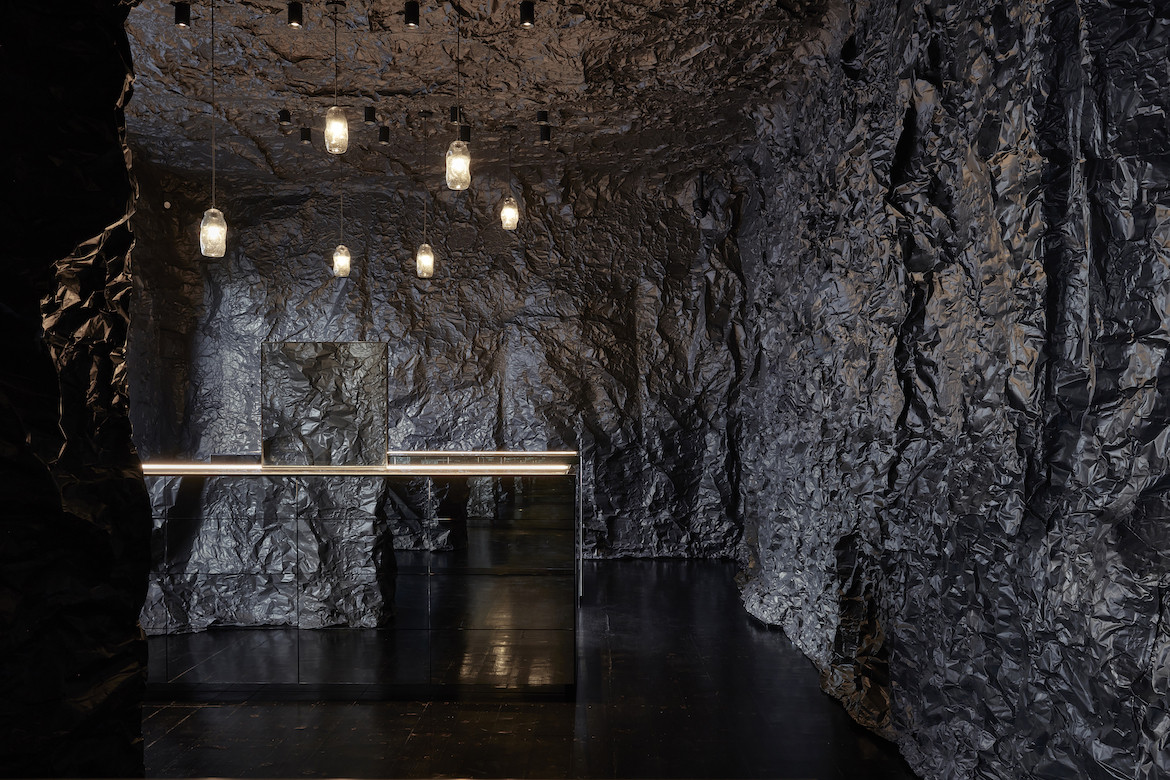
“Light cannot exist without the dark. In this way it’s a love letter to a city going through a dark and difficult time and the fragility of the planet, but by using light it is also about beauty and hope,” says Ryan Russell, one half of Russell & George.
The beauty and hope in this space comes from Sarah and Sebastian jewellery, which glints and shines in the darkness like treasures at the bottom of the sea, subtly illuminated by purposeful lighting.
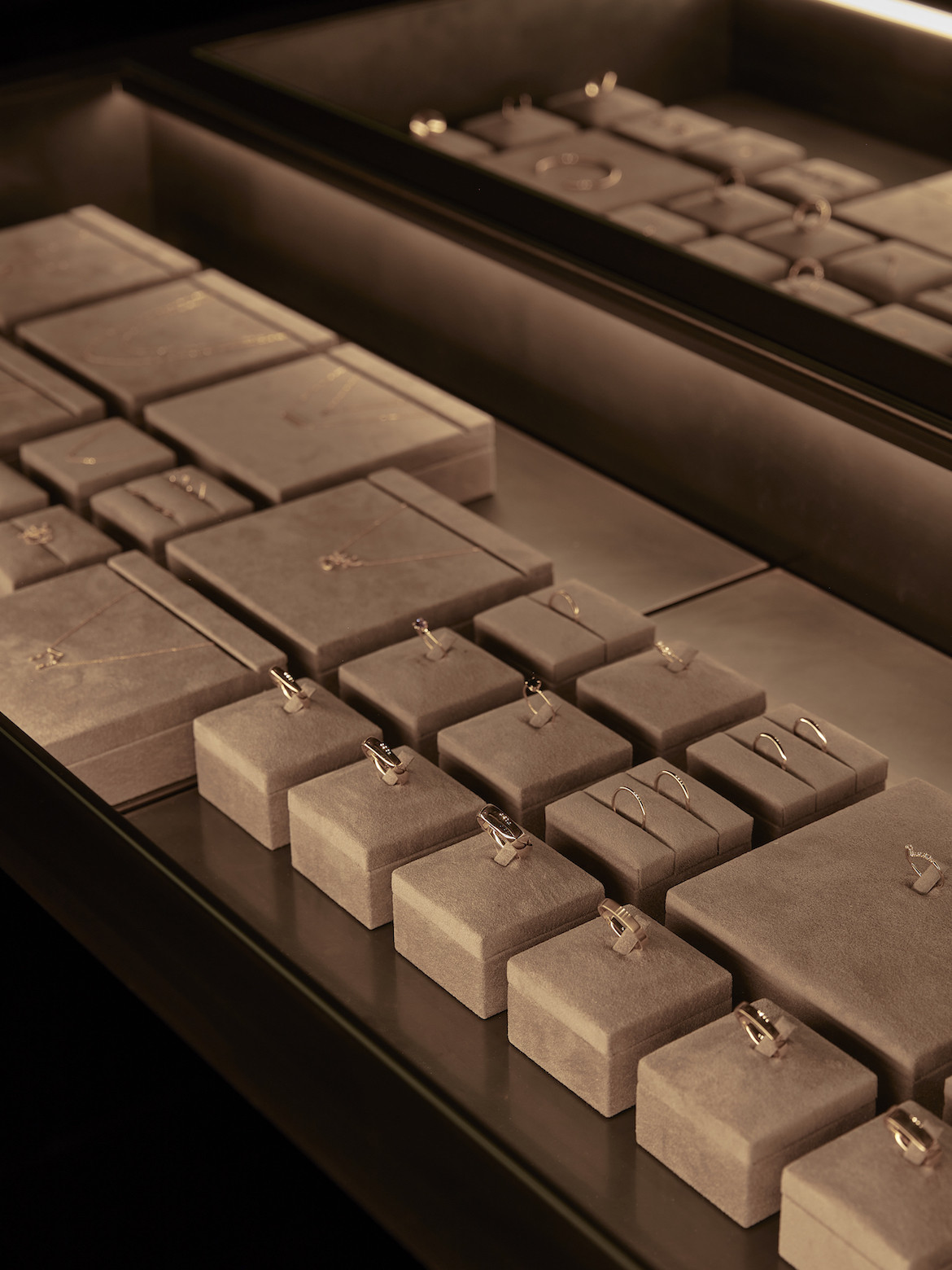
“The darkness and depth of the space creates a container for memory, the reference to the sea and natural world but also allows for light to be emitted, creating the space for the jewellery to exist and be discovered,” says Russell.
Responding to a variety of design challenges, Russell & George have created a portfolio as diverse as their clients. Founded by Ryan Russell and Byron George, the internationally recognised and award winning architecture and design agency celebrates a decade of operation this year.

The agency was awarded an honourable mention in both The Design Studio and The Shopping Space categories of the recent INDE.Awards.
“The process with all of our clients is always intuitive but backed by current global research”, says Russell. “We investigate their goals and aspirations, finding out things we can amplify and add focus to, things they may not have thought about”.
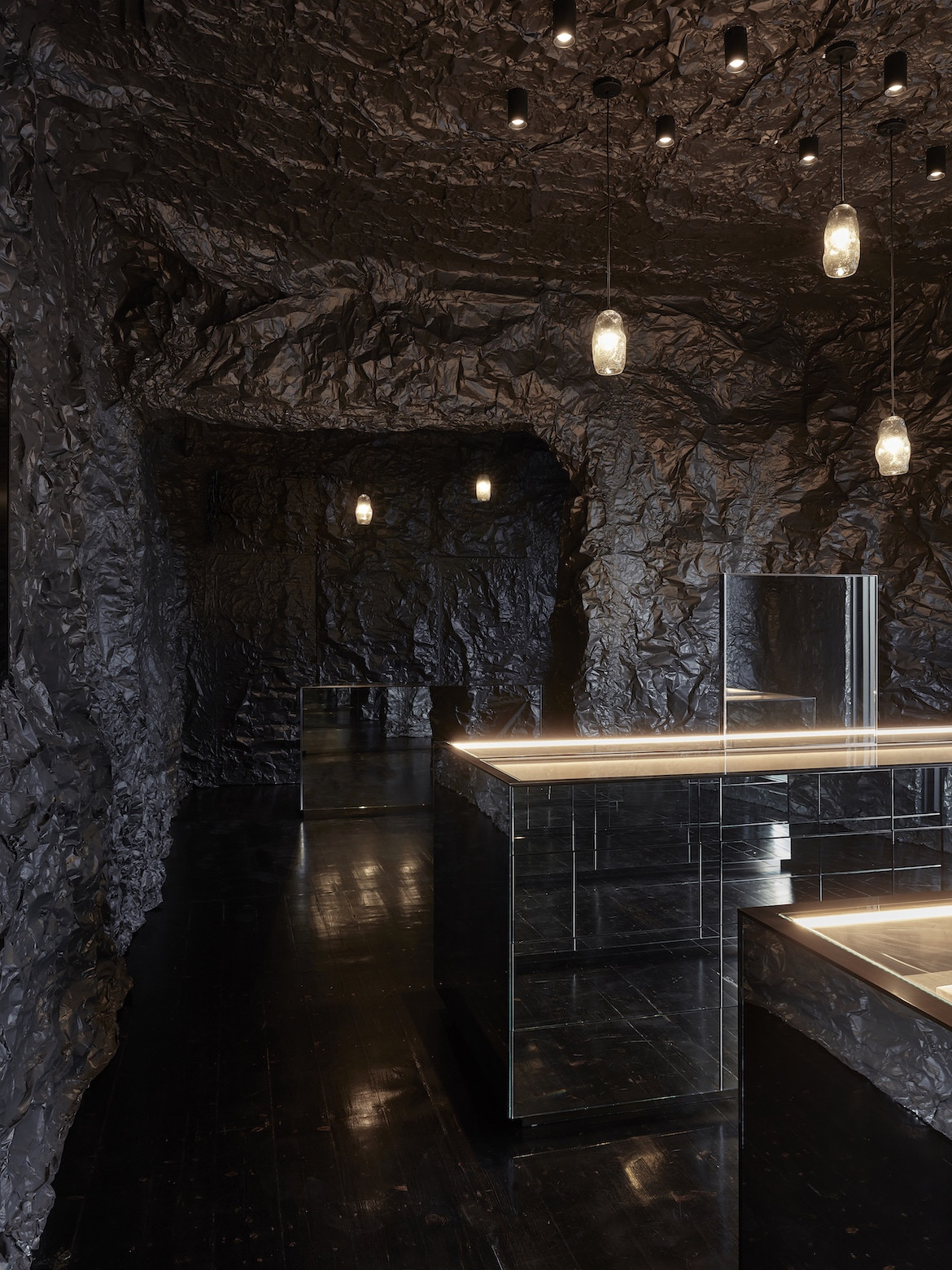
The striking, dark space wasn’t how the store was originally planned. In fact, prior to Covid-19, Russell & George had an entirely different fit-out planned, but lockdowns led to budget cuts and a new design being formulated. As it turns out, “the greatest innovations generally come through times of crisis,” says Russell, with the limitations becoming a blessing in disguise.
The aluminium structure was constructed as a standalone entity that was installed over the top of the existing fit-out, reducing landfill and also allowing for it to be entirely recyclable if removed in the future. The space avoids the churn cycle of trend-based retail as it is designed to last as long as the brand stays in the location.

The store has elicited a range of emotions in passers-by, says Russell.
“Our spaces tend to make people feel things and therefore bring out emotions in them. We quite often get feedback from visitors to our spaces for making their days a little brighter or more surprising, this space has been no different,” he says.
Ultimately, the Melbourne store is as much an artwork as it is a retail space, giving a satisfying sense of delight and discovery to those who stumble across it.
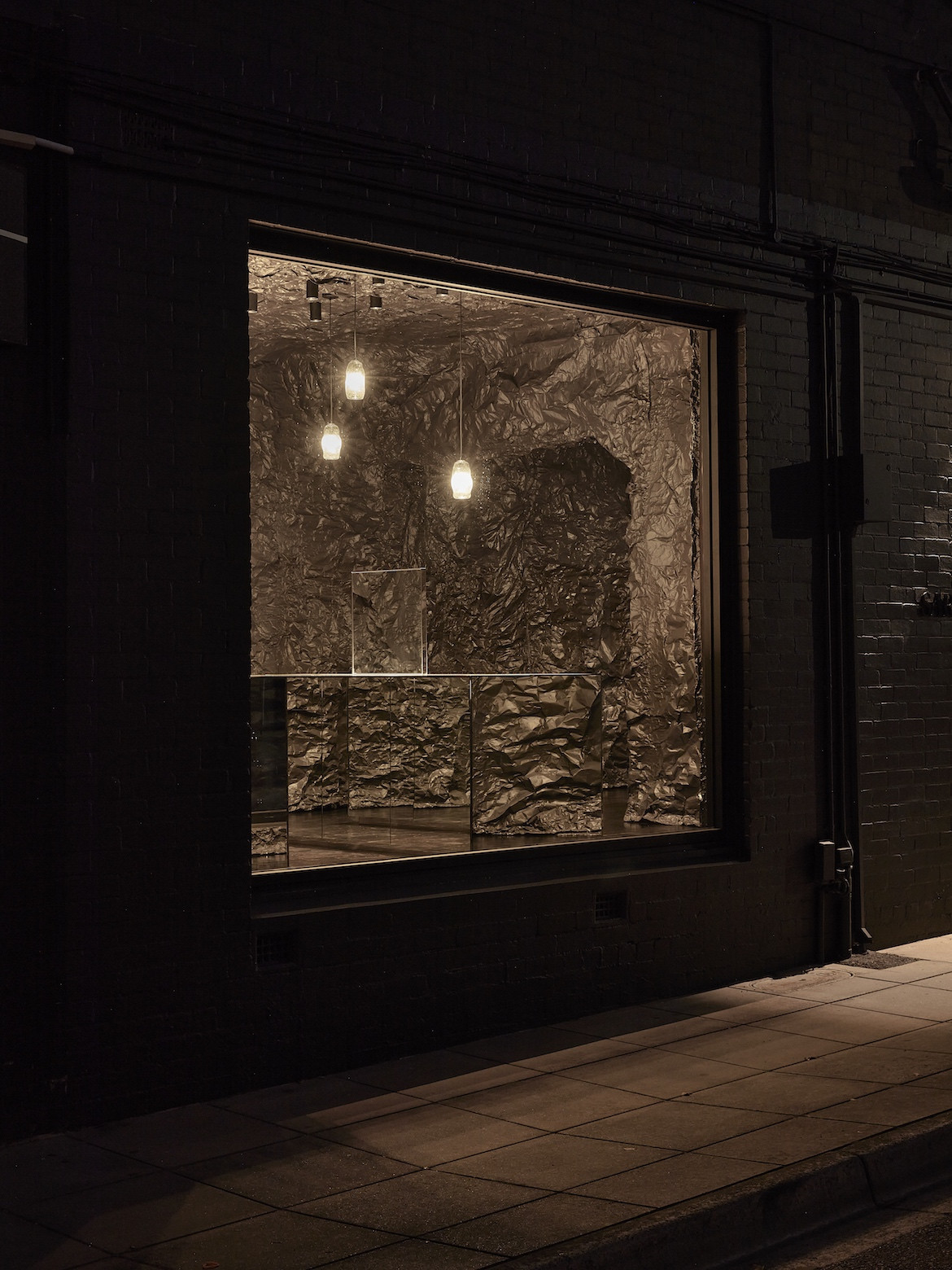
INDESIGN is on instagram
Follow @indesignlive
Join our collection to add your product.
Keep up to date with the latest and greatest from our industry BFF's!

London-based design duo Raw Edges have joined forces with Established & Sons and Tongue & Groove to introduce Wall to Wall – a hand-stained, “living collection” that transforms parquet flooring into a canvas of colour, pattern, and possibility.
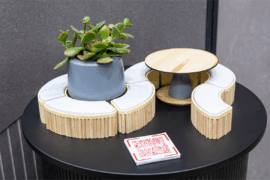
From the spark of an idea on the page to the launch of new pieces in a showroom is a journey every aspiring industrial and furnishing designer imagines making.
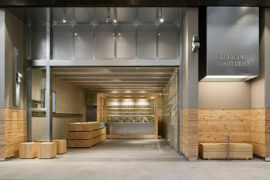
Hecker Guthrie brings a natural, material-led design to Green Cup’s new Chadstone store, pairing pine, steel and glass with a grab-and-go layout inspired by the brand’s fresh, organic ethos.
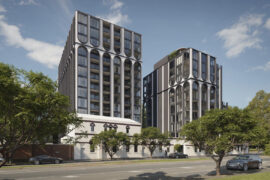
At Melbourne Design Week, Plus Studio brought together planners, designers and local government voices to unpack the realities of urban densification.
The internet never sleeps! Here's the stuff you might have missed
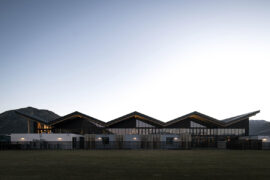
Warren and Mahoney’s The Mill in Queenstown blends architecture, wellbeing and landscape, creating a transparent training facility.
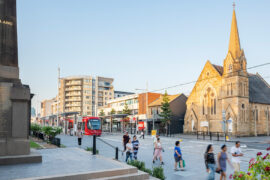
Australia’s first planted light rail corridor sets new benchmark for transport-led urban transformation.
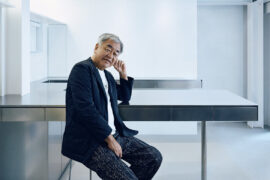
In a wide-ranging interview, the iconic Japanese architect joins Timothy Alouani-Roby to discuss his childhood home, the influence of Metabolism, a formative experience in the Sahara desert and a recent house by Mount Fuji.
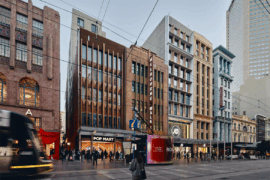
Merging two hotel identities in one landmark development, Hotel Indigo and Holiday Inn Little Collins capture the spirit of Melbourne through Buchan’s narrative-driven design – elevated by GROHE’s signature craftsmanship.